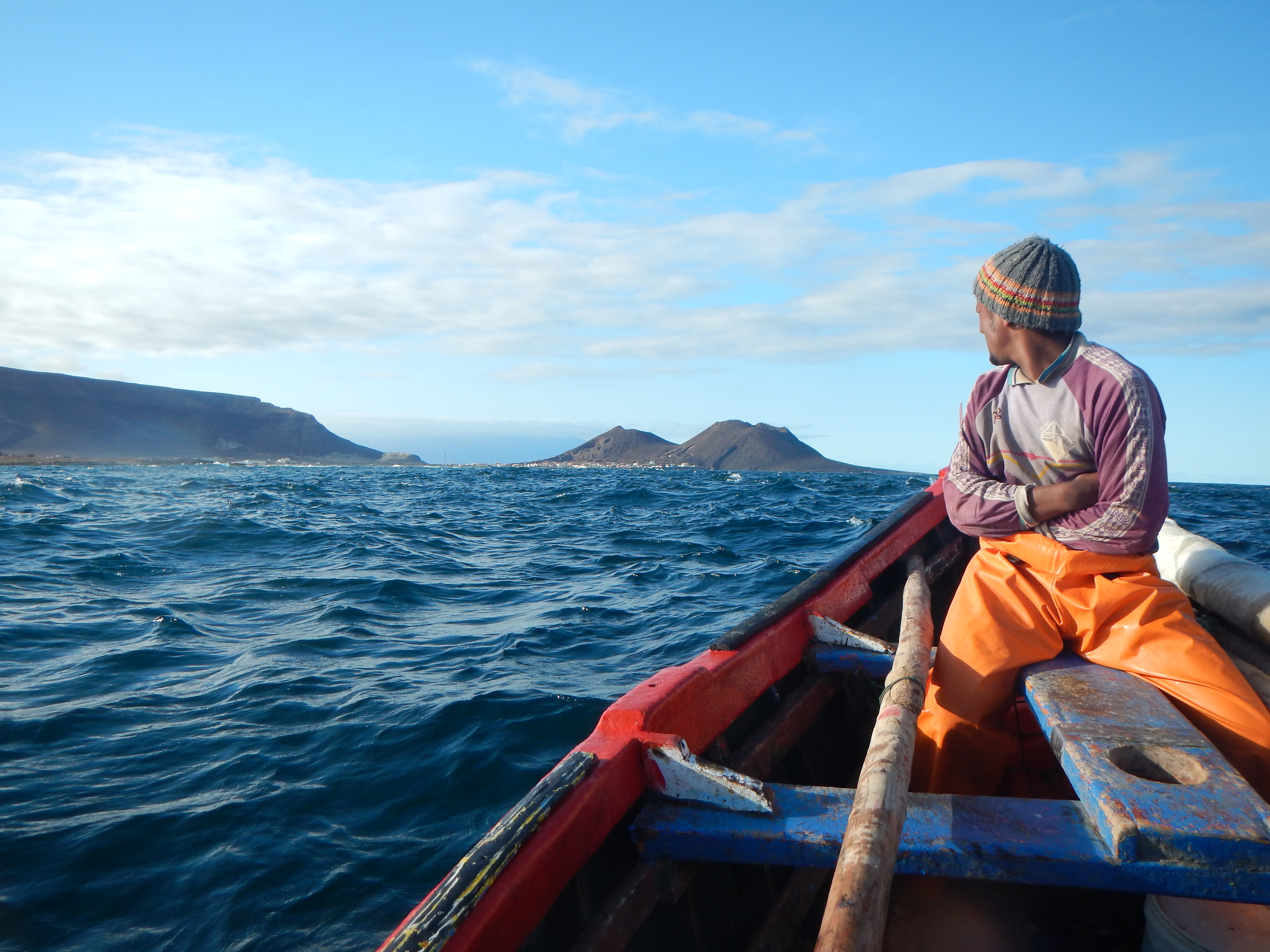- Creation-Management of Community based Protected Areas
- Threatened species conservation
- Bénéficiaire Associação Projeto Biodiversidade
- Montant du projet 156 683€
- Subventions FFEM 75 000€
-
État du projet en cours
Sal Island, in Cape Verde, located on the northeast of the archipelago, is a flat island of 216 km2. The target area of this proposal, Baía da Parda, is a particular coastal zone in the northeast of the island, with the closest town, the community of Pedra de Lume, located at 4 kms on the north, and at 14 kms distance from the capital of the island, Espargos.
In terms of the ecosystem, Baía da Parda is for its northern part, a shallow reef, being an important feeding and breeding area for sharks, mainly for the lemon shark (Negaprion brevirostris, VU) and the sand tiger shark (Carcharias taurus, VU). The southern section of the bay is composed by a narrow beach, increasingly frequented by loggerhead turtles in the last couple of seasons. Furthermore, the bay hosts 3 endemic species of the Conus gastropod mollusk: Africonus antoniomonteiroi, Africonus cuneolus, and Africonus longilineus, and a small species of shell-less sea slug Gargamella blokoverdensis.
Currently, Baía de Parda, commercially known as Shark Bay, is one of the most popular spots in Sal Island given the unique experience of observing sharks from the shore. However, a complete lack of control of the touristic activity, enhanced by a poor knowledge of the best practices to minimize the impact of the excursions and the disturbance to sharks, is posing a great threat to the feeding and breeding ecology of the sharks using the area (use of baits and blood to attract the sharks, encouragement to touch the sharks, catching the baby sharks for pictures, walking on the coral reef). Additionally, poaching of the nesting females is also established in this area (an estimated 85% of the turtles that came to nest were poached in 2021).
